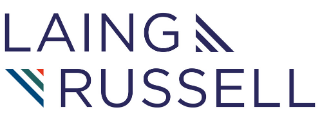Organisation Design and Development
Stories as a key tool for change
We got some valuable advice from a learning and development colleague to just start. Start writing up and sharing our insight, don’t wait until you are clear and definitive on what might be called a content strategy. Bring a more agile, iterative approach to our consultancy by sharing our insight with our client community. Especially,…
Read MoreSo, what’s so special about Connected Coaching?
As a mechanical engineer who started work in the chemical industry, entered the consulting profession through the project management practice in the late 1980’s, I started with practically zero understanding of coaching as an approach to development. All my experience of leadership development and management training had been through the classic in-company and open programmes.…
Read MoreCulture change but much faster
Has anyone else noticed how the current pandemic context seems to be enabling much faster culture change in organisations? The scale and pace of technology adoption and behaviour change has been impressive. More interesting and probably more significant is the more open, collaborative culture that is enabling better and faster decisions and action. We’ve been…
Read More


